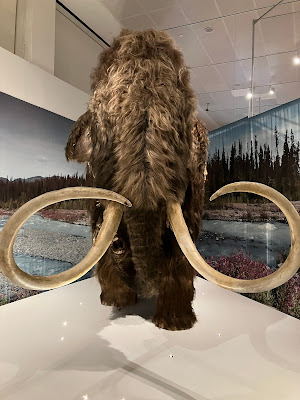It's time for me to find different ways to advocate for
animals and therefore, time for my blog to end – which happens with this post.
What’s a blog post about animals without a few links to
more information about animals? So here
they come . . .
First of
all, this 2-minute video about an animal I especially love: an elephant baby
who’s tired and hungry, and lets his mom and the world know how he feels:
https://www.youtube.com/watch?v=zICTe8smK-4
Then, aware of how bird numbers are diminishing, disastrously so, a journalist and farm-owner decided to “kill” his farm to help birds. This article describes why and how.
 |
| Meadowlark |
Next, something I’ll keep track of (and hope you will too): The Animal Welfare Act (AWA), which is described as “the only US Federal law that regulates the treatment of (certain) animals in research, teaching, testing, exhibition, transport, and by dealers.”
This law has been amended numerous times since its
passage in 1966 (as humans become more humane, I like to think!). In fact, it was growing outrage over a stolen dog’s
tragic experience that helped foster AWA.
An
excellent overview of this law, as it gradually became more humanely inclusionary,
is included in the fall issue of All Animals, from the Humane Society of
the US.
https://www.humanesociety.org/news/animalwelfareact
 |
| Jersey |
Finally, I hope you will follow, join and contribute to
the countless worthy activities of the
Animal Protection League of NJ (APLNJ.org), the only state-based
statewide organization whose members have been so admirably effective in their work
for animal welfare for more than 40 years.
The same goes for media news about animals, both domestic and wild: “Elephants, chickens and pigs; pangolins, whales, tigers and sharks . . . and beloved pets of all kinds.” Make that your mantra too -- so
 |
| Pangolin |
My thanks to those who unstintingly helped with AnimalBeat
II technical problems. And to those
who shared the blog, whether talking it up, sending links to other “animal
people” or mounting posts for them to read.
Most of all, thanks to everyone who has read this
blog: For the animals!
#






.jpg)








.jpg)













.jpg)



.jpg)




